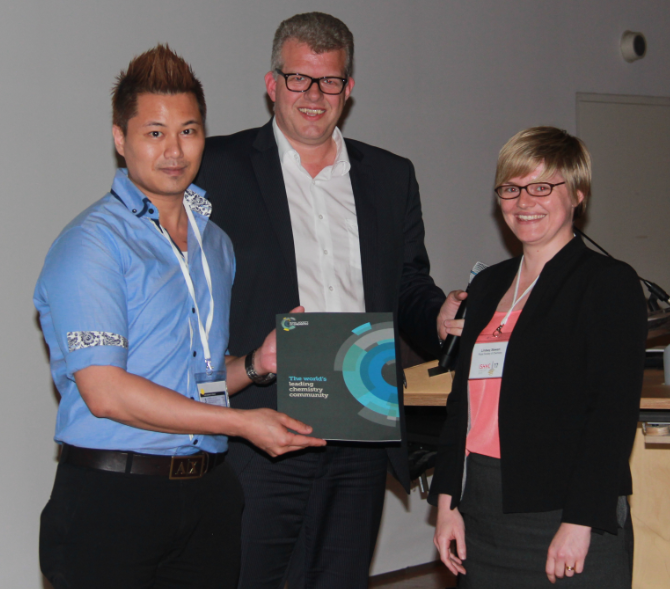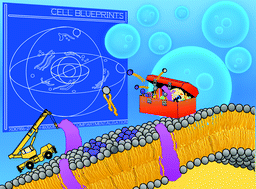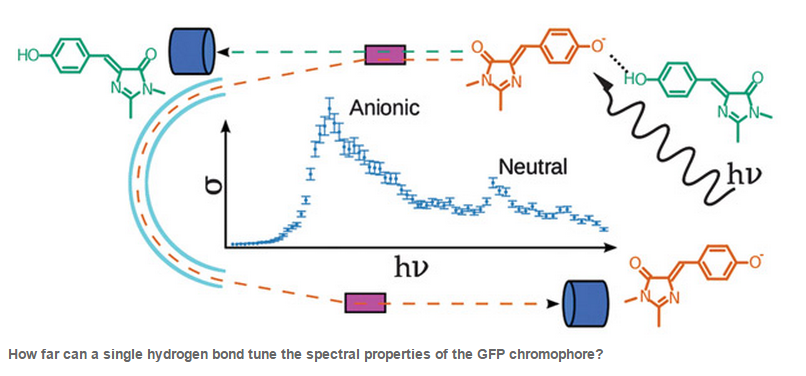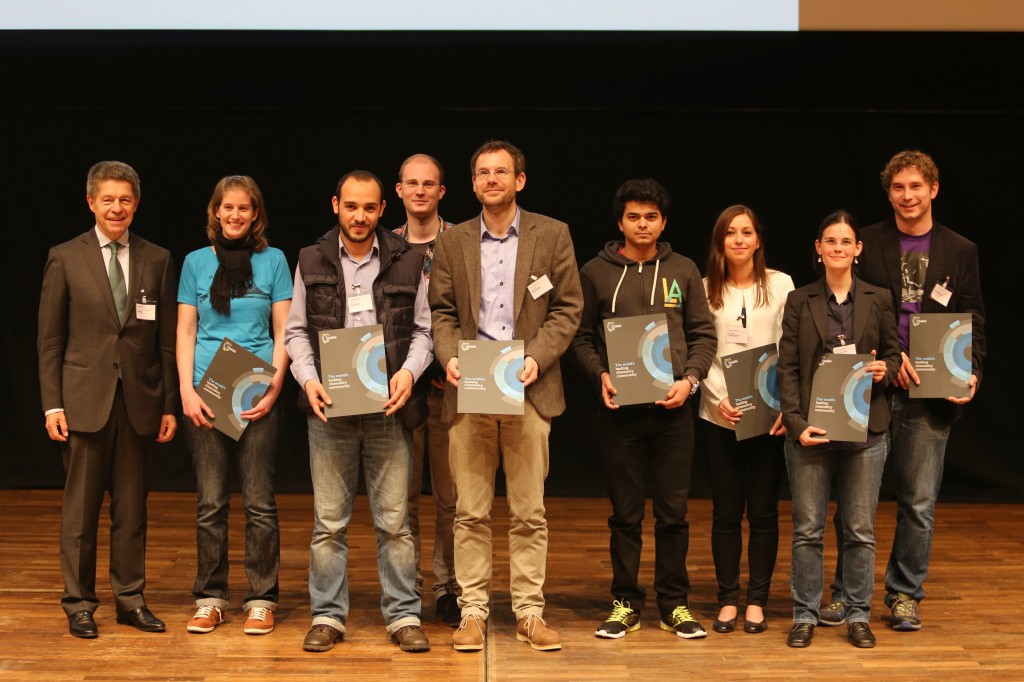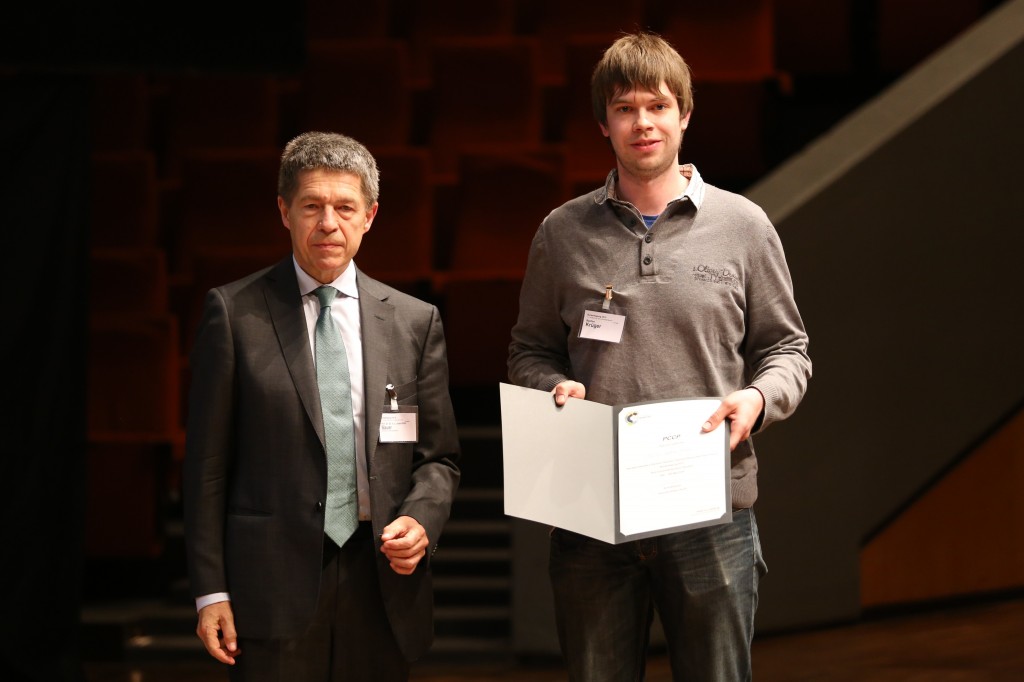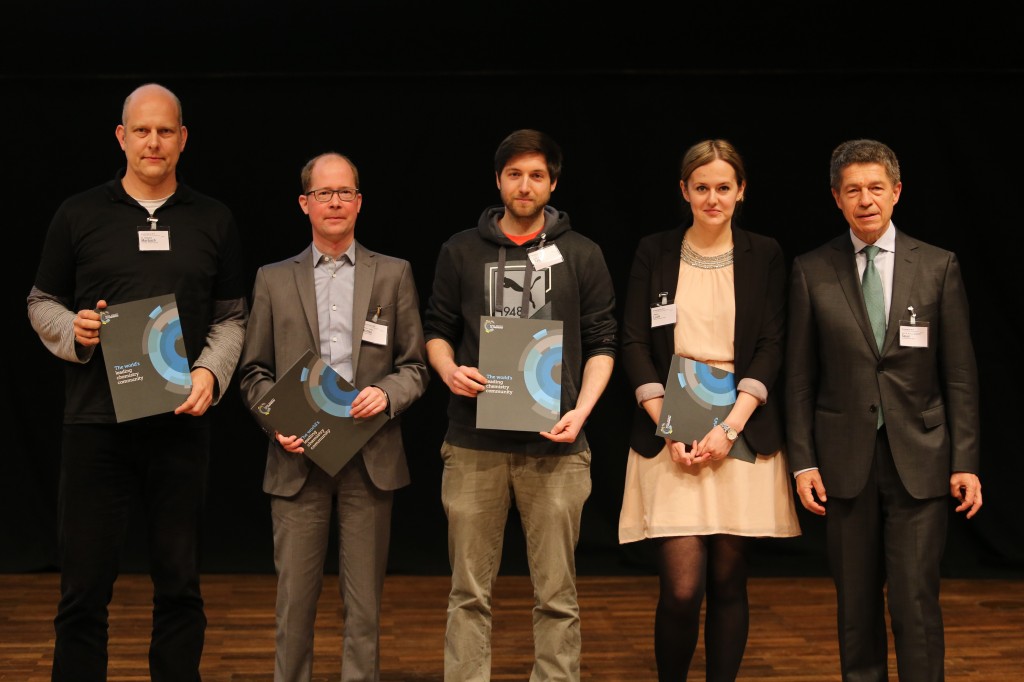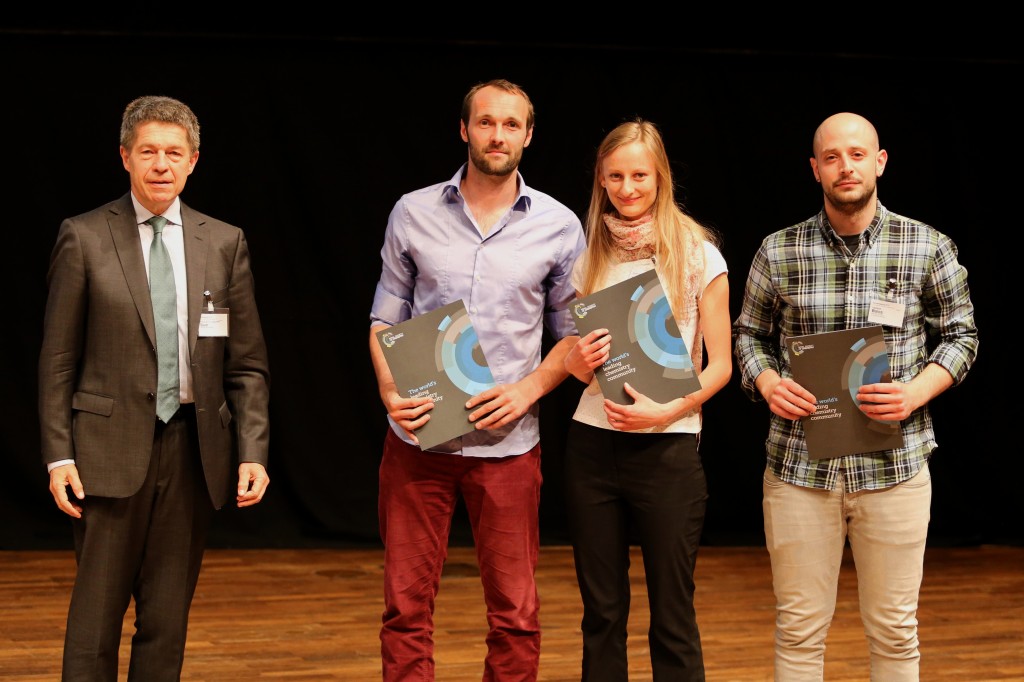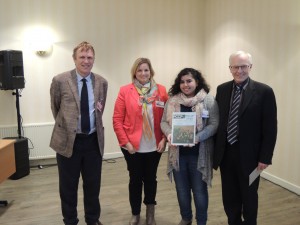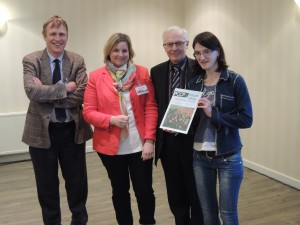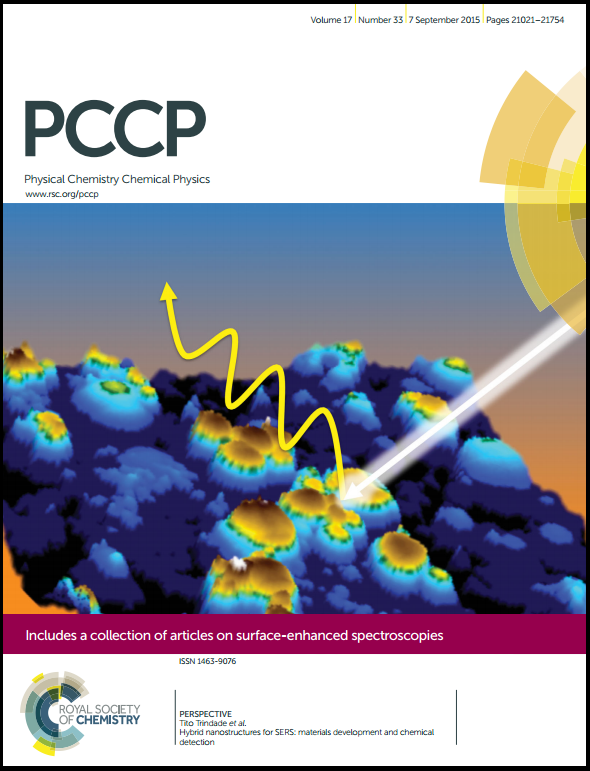 |
Novel types of spectroscopies with promising technological applications have been developed through the combination of molecular spectroscopies based on infrared absorption, Raman scattering, and fluorescence emission with metal nanostructures generating very high locally increased electric fields upon resonant excitation. This PCCP themed collection, ‘Surface-enhanced spectroscopies‘, brings together contributions from various disciplines (physics, chemistry, materials science, engineering, life sciences) and covers the full range of topics from fundamentals to methods and applications.
The Guest Editors for this themed collection are Rudolf Holze (Chemnitz University of Technology, Germany) and Sebastian Schlücker (University of Duisburg-Essen, Germany). Their Editorial can be viewed for free until 30th September 2015, along with this selection of articles: |
In situ Raman and surface-enhanced Raman spectroscopy on working electrodes: spectroelectrochemical characterization of water oxidation electrocatalysts, Khurram S. Joya and Xavier Sala, Phys. Chem. Chem. Phys., 2015,17, 21094-21103, DOI: 10.1039/C4CP05053C
Plasmonic properties of regiospecific core–satellite assemblies of gold nanostars and nanospheres, A. Swarnapali D. S. Indrasekara, Roney Thomas and Laura Fabris, Phys. Chem. Chem. Phys., 2015,17, 21133-21142, DOI: 10.1039/C4CP04517C
Bio-sensing with butterfly wings: naturally occurring nano-structures for SERS-based malaria parasite detection, Natalie L. Garrett, Ryo Sekine, Matthew W. A. Dixon, Leann Tilley, Keith R. Bambery and Bayden R. Wood, Phys. Chem. Chem. Phys., 2015,17, 21164-21168, DOI: 10.1039/C4CP04930F
Surface- and tip-enhanced resonant Raman scattering from CdSe nanocrystals, E. Sheremet, A. G. Milekhin, R. D. Rodriguez, T. Weiss, M. Nesterov, E. E. Rodyakina, O. D. Gordan, L. L. Sveshnikova, T. A. Duda, V. A. Gridchin, V. M. Dzhagan, M. Hietschold and D. R. T. Zahn, Phys. Chem. Chem. Phys., 2015,17, 21198-21203, DOI: 10.1039/C4CP05087H (Open Access)












